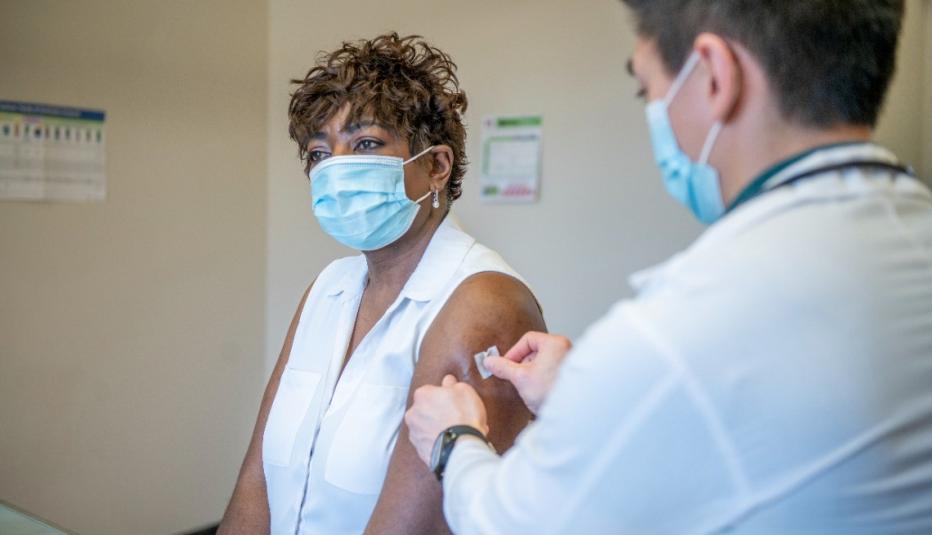AARP Hearing Center


Millions of Americans forgo potentially lifesaving vaccinations for some of the most common infectious diseases—influenza (the flu), pneumonia, and shingles – including many older adults who are most at risk for serious illness and death. Several factors continue to prevent older adults from receiving the recommended vaccines, including barriers to accessing providers and negative attitudes toward vaccines. In some cases, cost can be a barrier.
This fact sheet examines the prevalence of influenza, pneumonia, and shingles vaccinations among adults ages 50 and older in 2020. It finds that vaccinations for all three diseases increased from 2019, yet racial and ethnic disparities continue.
Flu Vaccinations
The Centers for Disease Control and Prevention (CDC) estimate that between 2010 and 2020, influenza viruses annually caused 9 million to 41 million illnesses and 12,000 to 52,000 deaths, disproportionately among people ages 65 and older. In 2020, 70 percent of adults ages 65 and older reported getting a flu shot in the past 12 months, an increase of 1 percent from 2019 and the highest rate since 2010, when the novel H1N1 strain hit the United States. Meanwhile, only 50 percent of adults ages 50 to 64 reported getting a flu shot.
Flu vaccinations varied considerably by race in 2020, as they historically have done. Among adults ages 50 and older, White (62 percent) and Asian (61 percent) survey respondents were much more likely to have reported getting a flu vaccine in 2020 than Black (52 percent), Hispanic (50 percent), and American Indian/Alaska Native (50 percent) respondents.
Pneumonia Vaccinations
As with influenza, the disease burden for pneumonia falls heavily on older adults, with high death rates among those ages 65 and older. In 2020, nearly two-thirds (65 percent) of Americans ages 65 and older reported having ever received a pneumonia shot, whereas 20 percent of adults ages 50 to 64 reported ever receiving a pneumonia shot.
Like influenza vaccinations, pneumonia vaccinations in 2020 varied by respondents’ race and ethnicity, although in different ways. American Indian and Alaska Native older adults had the highest vaccination rates (47 percent). Following were White and Black older adults at 46 percent and 32 percent, respectively. Asian (30 percent) and Hispanic (25 percent) older adults had the lowest rates.
Shingles
In 2020, only 16 percent of Americans ages 50 and older reported ever having received a vaccination for shingles which, while rarely fatal, can cause a severely painful rash. As with the influenza vaccine, White (33 percent) and Asian older adults (29 percent) were the most likely to receive the vaccine, whereas Black and Hispanic older adults, at 16 percent and 15 percent, respectively, were the least likely.
Notably, unlike the influenza and pneumonia vaccines, which are covered under Medicare Part B with no cost sharing, the shingles vaccine is covered under Medicare Part D with current cost sharing dependent on an enrollee’s prescription drug plan. Starting in 2023, cost sharing for the shingles vaccine and other Part D vaccines recommended by the Advisory Committee on Immunization Practices (ACIP) will be eliminated under the Inflation Reduction Act.






























































